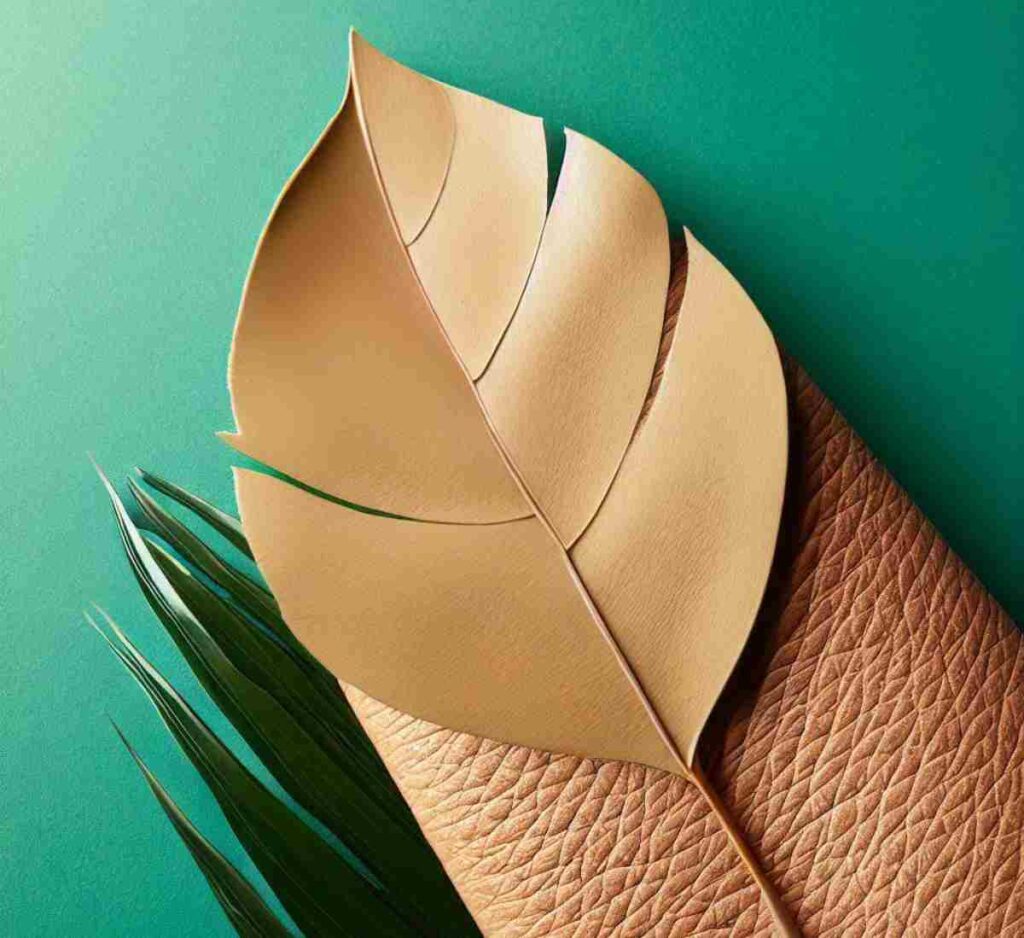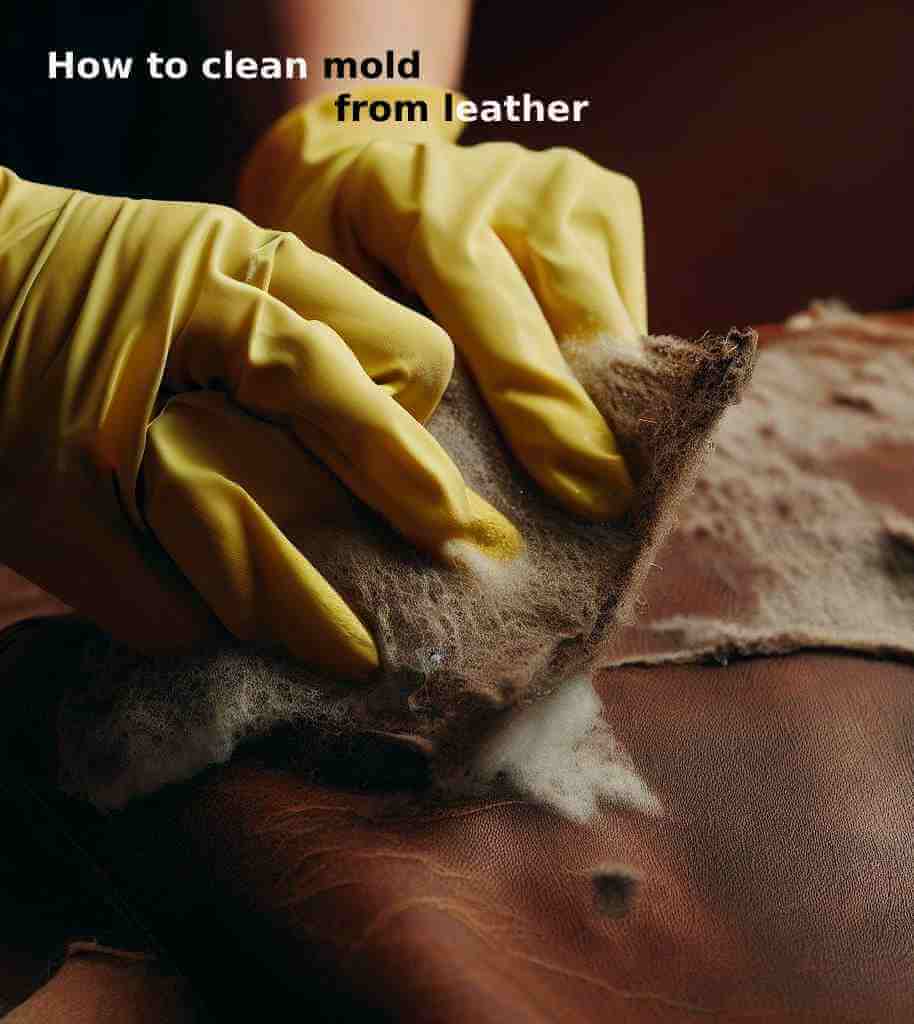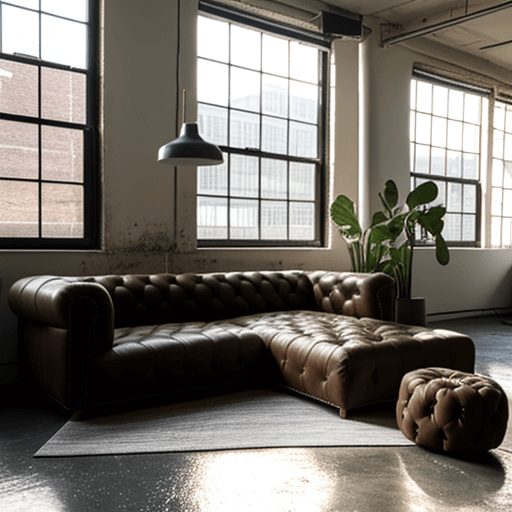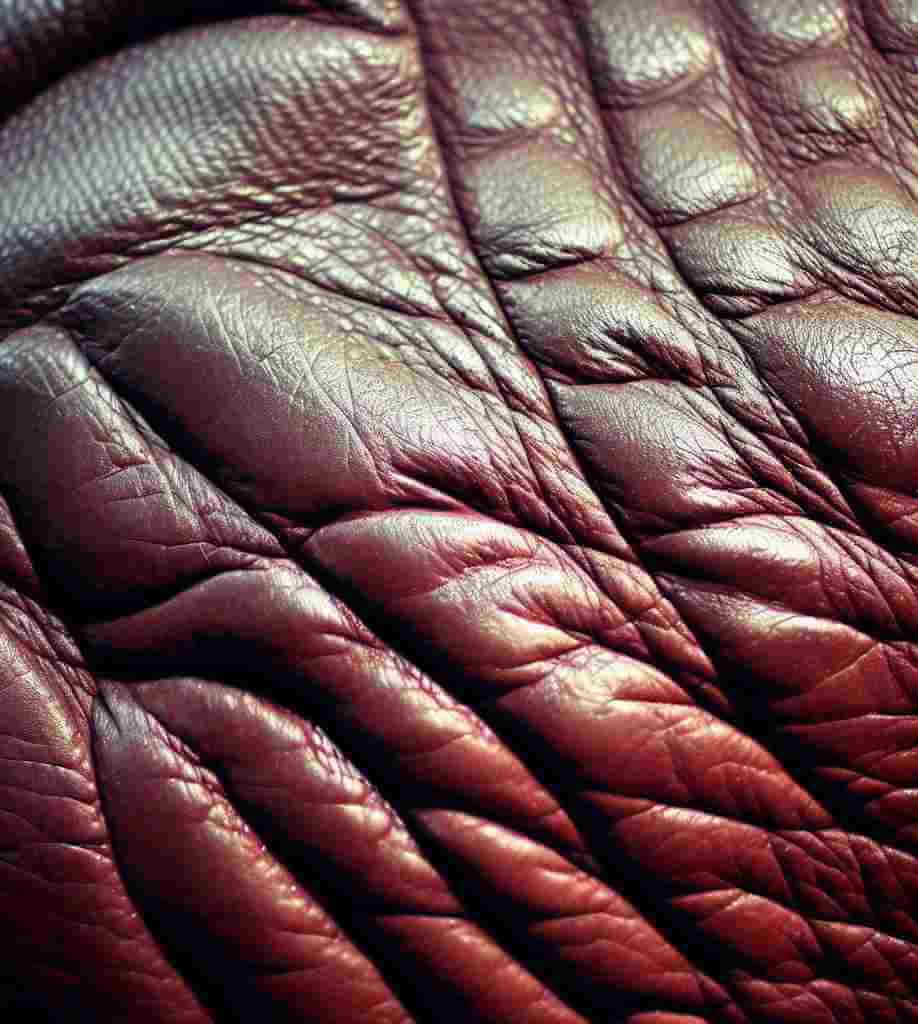Faux Leather
Faux leather, also known as synthetic leather or vegan leather, is a popular material that imitates the look and feel of genuine leather without using animal products. It is made from a variety of materials such as polyurethane (PU) and polyvinyl chloride (PVC) that are coated and embossed to resemble the texture and appearance of real leather. Faux leather has become increasingly popular in recent years due to its sustainability and affordability compared to genuine leather.
What is faux leather
Is Faux Leather Good Quality?
Many people are often curious about the quality of faux leather compared to real leather. While genuine leather is known for its durability and aging well over time, faux leather has come a long way in terms of quality and durability. With advances in technology, faux leather is now able to mimic the texture, suppleness, and durability of real leather.
One of the benefits of faux leather is that it is a more sustainable and environmentally friendly option. Faux leather is made from synthetic materials and does not use animal products, which means it has a lower environmental impact than genuine leather. Additionally, faux leather is often more affordable than real leather, making it an accessible and budget-friendly option for consumers.
Can Faux Leather Be Expensive?
While faux leather is generally more affordable than real leather, it is important to note that the cost of faux leather can vary depending on the quality and brand. Some higher-end brands may use more expensive materials or advanced manufacturing techniques to create higher quality faux leather, which can result in a higher price point.
However, even with these more expensive options, faux leather is still generally more affordable than genuine leather. This makes it a great option for those who want the look and feel of leather without the high price tag.
It’s important to remember that the cost of faux leather also depends on the manufacturing process and the environmental impact. Some manufacturers may use cheaper materials and harmful chemicals to create faux leather, which can affect the quality and cost of the final product. So, when choosing faux leather, make sure to consider both the cost and the impact on the environment and animal welfare.
Is Faux Leather Real Leather? Exploring the World of Synthetic Leather
It is a synthetic material that imitates the look and feel of real leather, but is it actually real leather? The answer is no. Faux leather is made from synthetic materials such as polyurethane and polyvinyl chloride. While real leather is made from animal hides. However, advancements in technology have allowed faux leather to closely resemble the look and feel of real leather.
Is Faux Leather Good for Skin?
Faux leather is generally safe for the skin and is not known to cause any adverse reactions. However, it is important to note that some individuals may have a sensitivity to the chemicals used in the production of faux leather. If you have sensitive skin, it may be best to test a small patch of the material before wearing or using it for an extended period of time.
What is 100% Faux Leather?
100% faux leather is a term used to describe a material that is made entirely from synthetic materials and does not contain any animal products. This type of faux leather is often marketed as a more ethical and sustainable alternative to real leather.
Can Faux Leather Look Real?
Advances in technology have allowed faux leather to closely resemble the texture and appearance of real leather. High-quality faux leather can be difficult to distinguish from genuine leather, even upon close inspection. Additionally, faux leather can be made in a variety of textures and finishes to mimic the look of different types of leather, such as suede or patent leather.
However, it is important to note that not all faux leather is created equal. Cheaper, lower-quality faux leather may not have the same level of realism as higher-end faux leather options.
Which is Better: Faux Leather or Real Leather?
The question of whether faux leather or real leather is better is a contentious one, and the answer largely depends on personal preference and intended use. However, there are some key differences between the two materials that may influence a person’s decision.
What are the Disadvantages of Faux Leather?
One of the main disadvantages of faux leather is that it is not as durable as real leather. Faux leather is often less resistant to wear and tear, and may crack or peel over time. Additionally, faux leather may not be as breathable as real leather, which can lead to discomfort in warm weather or during physical activity.
Another disadvantage of faux leather is that it is not as eco-friendly as some other materials. Faux leather is often made from petrochemicals, which are not renewable resources. Additionally, the production of faux leather may involve the use of toxic chemicals and can contribute to pollution.
Do Luxury Brands Use Faux Leather?
While some luxury brands do use faux leather, many still rely on real leather as a hallmark of luxury and quality. However, as consumer demand for sustainable and ethical products grows, some luxury brands are exploring the use of alternative materials, including high-quality faux leather.
Is Faux Leather Fake?
While faux leather is not made from animal hides, it is not necessarily “fake” in the sense of being an imitation. Faux leather is a material in its own right, made from synthetic materials designed to replicate the look and feel of real leather. While faux leather may not have the same level of durability or luxury as real leather, it can be a practical and ethical choice for those who prefer to avoid animal products.
Faux Leather: Advantages and Disadvantages
One of the main advantages of faux leather is that it is often less expensive than real leather. This can make it a more affordable option for those who want the look of leather without the high price tag. Additionally, faux leather can be produced in a wider range of colors and patterns than real leather, which is typically only available in natural shades.
However, faux leather also has some disadvantages that should be considered. One of the main disadvantages of faux leather is that it is not as durable as real leather. Faux leather is often less resistant to wear and tear, and may crack or peel over time. Additionally, faux leather may not be as breathable as real leather, which can lead to discomfort in warm weather or during physical activity.
Another disadvantage of faux leather is that it is not as eco-friendly as some other materials. Faux leather is often made from petrochemicals, which are not renewable resources. Additionally, the production of faux leather may involve the use of toxic chemicals and can contribute to pollution.
Real Leather: Advantages and Disadvantages
Real leather is a natural material that is made from animal hides. One of the main advantages of real leather is that it is very durable and can last for many years with proper care. Additionally, real leather is breathable and can be comfortable to wear in a variety of weather conditions.
However, real leather also has some disadvantages. One of the main disadvantages of real leather is that it can be quite expensive, especially for high-quality leather. Additionally, the production of leather can have a significant environmental impact, as it involves the use of resources such as water and land.
Why is Faux Leather Better Than Real Leather?
Faux leather has become a popular alternative to real leather for many reasons. Here are some of the benefits of using faux leather over real leather:
Sustainability, Cost, Durability, Weather Resistance, and Animal Welfare
- Sustainability: Faux leather is a more sustainable and eco-friendly alternative to real leather. The production of real leather involves the use of large amounts of water and energy, as well as the release of harmful chemicals into the environment. Faux leather, on the other hand, can be made using recycled materials and does not require the use of any harmful chemicals.
- Cost: Faux leather is generally less expensive than real leather, making it a more affordable option for consumers. Real leather can be very expensive due to the high cost of production and the limited availability of certain types of leather.
- Durability: Faux leather is more durable than real leather in many cases. It is resistant to scratches and stains, and does not crack or fade as easily as real leather. This makes it a great choice for furniture and clothing that will be subjected to frequent use and wear.
- Weather Resistance: Faux leather is more resistant to water and moisture than real leather, which can be damaged by exposure to rain or snow. This makes it a great choice for winter clothing and accessories.
- Animal Welfare: Faux leather is a cruelty-free alternative to real leather. The production of real leather involves the killing and skinning of animals. Whereas faux leather is made without harming any animals.
Disadvantages of using faux leather
Despite these advantages, there are some potential downsides to faux leather. Here are some of the disadvantages of using faux leather:
- It can be less breathable than real leather, which can make it less comfortable to wear for long periods of time.
- Some people may be allergic to the synthetic materials used in faux leather.
- Faux leather may not have the same natural look and feel as real leather, which some people may prefer.
- Some luxury brands still primarily use real leather. So if you’re looking for a specific high-end brand, you may not be able to find many faux leather options.
- In terms of pricing, faux leather can vary greatly in cost depending on the quality and brand. So it’s important to do your research before making a purchase.
Overall, faux leather is a great option for those who want a more sustainable, affordable, and animal-friendly alternative to real leather. With its durability, weather resistance, and wide range of styles and colors available. It’s no wonder that faux leather has become such a popular choice for fashion and home decor.
Is Faux Leather Good for Winter?
Faux leather is a great material to use for winter clothing and accessories. Unlike real leather, it does not absorb water. Making it resistant to damage from rain, snow, and other forms of moisture. Also, faux leather can be made to look like a variety of textures. Including suede and shearling, which makes it a versatile option for cold weather fashion.
Is Faux Leather Just Plastic?
While faux leather is often made from a plastic-based material such as polyurethane, not all faux leathers are created equal. Some companies use more sustainable and eco-friendly materials to create their faux leathers, such as recycled polyester or pineapple leather. These materials are not only better for the environment but also often have a higher quality and feel than traditional plastic-based faux leathers.
Can Faux Leather Get Wet?
One of the benefits of using faux leather is that it is water-resistant. Unlike real leather, which can be damaged by water and moisture. Faux leather is typically made from materials that repel water. This makes it a great option for rainy or humid climates, as well as for outdoor furniture and accessories.
Which is More Expensive: Leather or Faux Leather?
Real leather is often seen as a luxury material and can come with a high price tag. In contrast, faux leather is typically more affordable and accessible to a wider range of consumers. However, the price of faux leather can vary depending on the quality of the material and the brand selling it.
Is Faux Leather More Expensive?
Generally, faux leather is less expensive than real leather. This is because the materials used to create faux leather are often less expensive than real leather hides. Additionally, faux leather can be produced in larger quantities and with less waste. Making it a more cost-effective option for manufacturers. However, as mentioned earlier. The price of faux leather can vary depending on the quality and sustainability of the material used.
How Long Will Faux Leather Last?
Faux leather is a durable material that can last for years with proper care. However, the lifespan of faux leather can vary depending on the quality of the material and how well it is maintained. Some faux leathers can start to peel or crack after a few years of use. While others can last for decades.
is faux leather durable
In general, faux leather is less durable than genuine leather. Genuine leather is known for its strength and durability, which can withstand wear and tear for many years. On the other hand, faux leather tends to be less resistant to abrasion and may show signs of wear more quickly.
The durability of faux leather is acceptable according to consumer needs and depends on factors such as the thickness and quality of the material, as well as how it is used and maintained. It can be considered long-lasting if it is made of durable materials and taken care of permanently.
It is important to note that the specific properties and durability of faux leather products can vary greatly depending on the manufacturer and the quality of the materials used. If durability is an important factor for you, it is recommended to choose high-quality faux leather products or consider genuine leather as an alternative.
The last words
In conclusion, faux leather is a versatile and sustainable alternative to real leather that offers a wide range of benefits. It can be just as stylish and durable as real leather, while also being more affordable and animal-friendly. Faux leather also provides greater versatility in terms of color, texture, and design. Making it an ideal choice for fashion, upholstery, and other applications.
Although it may not be perfect. Faux leather continues to evolve and improve as a material. And it has become a popular choice for those who want to enjoy the look and feel of leather without harming animals or the environment. With its many advantages, it’s clear that faux leather is a smart and stylish choice for anyone who wants to look and feel great while making a positive impact on the world around us.
Frequently Asked Questions
What is faux leather?
Answer: Faux leather is a synthetic material designed to look and feel like genuine leather, but is made from a variety of materials such as PVC, polyurethane, and microfiber.
Is faux leather good quality?
Answer: Faux leather can vary in quality depending on the manufacturing process and the materials used. High-quality faux leather can be durable and have a similar appearance and feel to real leather.
How long does faux leather last?
Answer: The lifespan of faux leather depends on how well it is cared for and the quality of the material. With proper care, high-quality faux leather can last several years.
Is faux leather more environmentally friendly than real leather?
Answer: Faux leather can be more environmentally friendly than real leather since it does not involve the use of animal products. However, the production of faux leather also has an impact on the environment, as it typically involves the use of synthetic materials.
Can faux leather be recycled?
Answer: Some types of faux leather can be recycled, such as those made from polyurethane or microfiber. However, it’s important to check with local recycling facilities to see if they accept these materials.
Is faux leather cheaper than real leather?
Answer: Faux leather is generally less expensive than real leather, but the price can vary depending on the quality of the material and the manufacturing process.
Can faux leather be repaired?
Answer: Faux leather can be repaired to some extent, but it’s important to use the right materials and techniques. For example, tears or cracks in faux leather can be filled with a special adhesive. But the material may not look as seamless as with real leather repairs.
Is faux leather good for people with allergies?
Answer: Faux leather can be a good option for people with allergies to animal products. As it does not involve the use of animal materials. But, some people may be allergic to synthetic materials used in the production of faux leather. So it’s important to check with a healthcare provider if you have concerns.




Pingback: How to clean mold from leather
Pingback: What Leather to Use for Armor: Types and Techniques